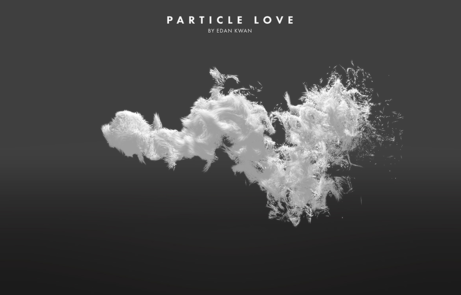
There are two tools available, an eraser and an inking tool. The web app (see Figure 1) consists of a simple ink canvas with three predefined background images. Please note that the Ink Designer uses WebGL which is not fully supported in all versions of Edge vector rendering can be configured and tested. The Ink Designer is a web app that demonstrates the rendering capabilities of the WILL technology. In order to obtain a realistic effect with good performance, the particle system was rendered in TimelineFX, a powerful particle effects editor used in games, and exported as a sprite sheet.Click here to try the online Ink Designer With so many effects going on, we had little performance left for this task and we realised we needed a different solution. Our first approach was to create the sparkling light with a 3D particle system, but we needed too many particles to achieve the effect we wanted. They are automatically decompressed by the browser and pixel data can be easily retrieved with HTML5 canvas. Fortunately, in JavaScript it's very efficient to save raw data as PNG images. This type of data can produce very large files, and needs to be compressed somehow, so it doesn't increase loading times considerably. VoiceĮllie Goulding's voice is visualised as a sparkling light with trails that move and change shape according to the volume and spectrum frequency of the combined vox stems. fnt format which, being just a text file, is easy to parse in JavaScript. It exports an image with all the characters and a font description file in Cocos2D. To create the text in the Twitter names, we use a bitmap font converted in Glyph Designer, a Mac-only app normally used to create colour bitmap fonts for iOS games.

The real-time tweets are powered by Echo's powerful StreamServer platform, which allows us to quickly collect, store and serve the live data with little engineering effort.Ī grid of particles is used to display them, with each particle representing a pixel of the original image. The name and avatar image of the users who tweet about the site can be seen during the experience. Texture and mesh of the light beam object Twitter integration Our solution involves further softening of the height map values inside JavaScript, to produce gentle hills and rounded valleys. We finally realised that the standard colour resolution of 256 levels of grey wasn't high enough for our needs. We obtained a more rounded landscape by applying Gaussian blur, but we knew there was still room for improvement.

We started by creating it in Photoshop using the Clouds filter, but the resulting terrain was too steep. The terrain itself is generated from a 66圆6 pixels height map, a greyscale image showing how high the land is. On the other hand, we had to make sure to make them seamless so they are fully tileable. We save considerable processing time by reusing them in different places, instead of updating each one individually. The terrain is made of identical tiles which are placed in the field of view of the camera. We have selected a few of them to share with you. We used a variety of tools and techniques to create the different elements of the site, some come from traditional game development, while others are common in graphics programming. This allows user interaction but also delivers a great experience if the user chooses not to interact. Our creative approach was based around the concept of flying over an infinite landscape which reacts to the sound and evolves along with the music. Some of them were used to sync graphic elements and others were combined to obtain high quality volume and audio spectrum data. The stems were provided by the record label and gave us a new perspective and a deeper understanding of the music. By overlaying the waveforms of the different stems we identify the different sections of the song


 0 kommentar(er)
0 kommentar(er)
